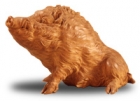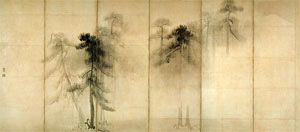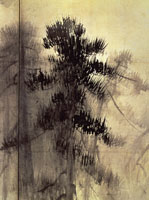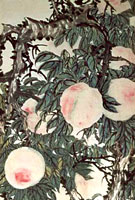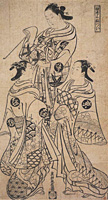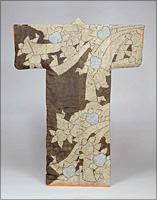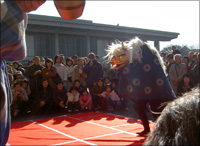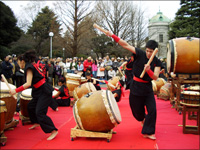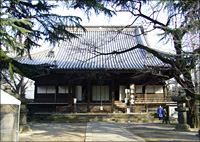Japanese Gallery (Honkan) Rooms T1 & T2
January 2, 2007 (Tue) - January 28, 2007 (Sun)
Mount Fuji, Hawks and Eggplants have been said to bring good fortune when they appear in the first dream of the year. This year's New Year exhibition features the arts of good fortune and the year animal boar.

